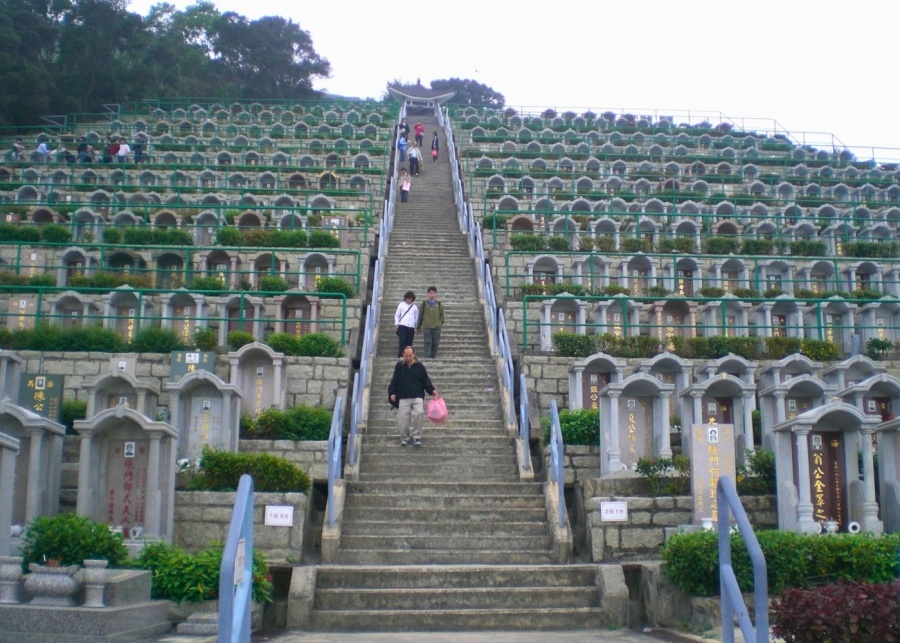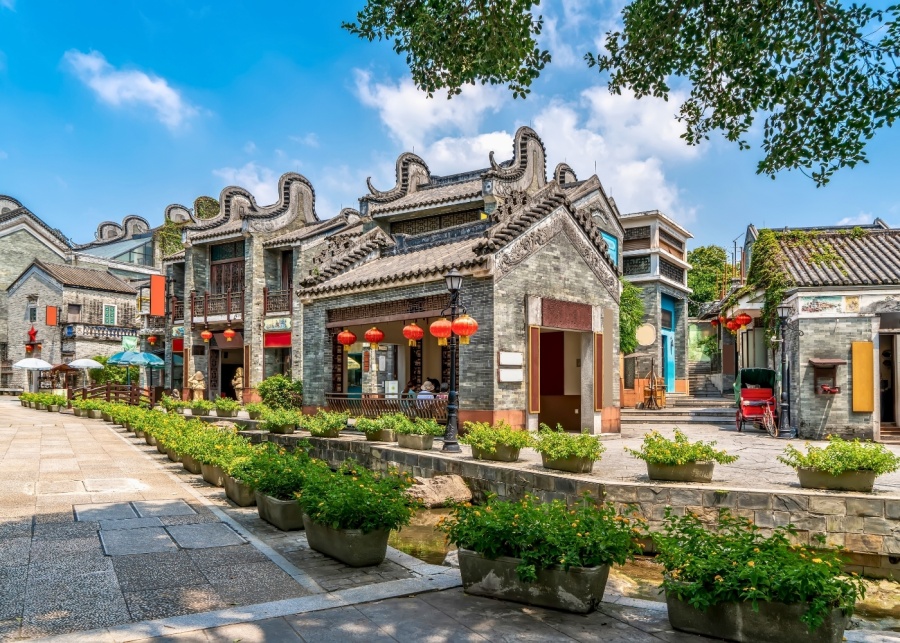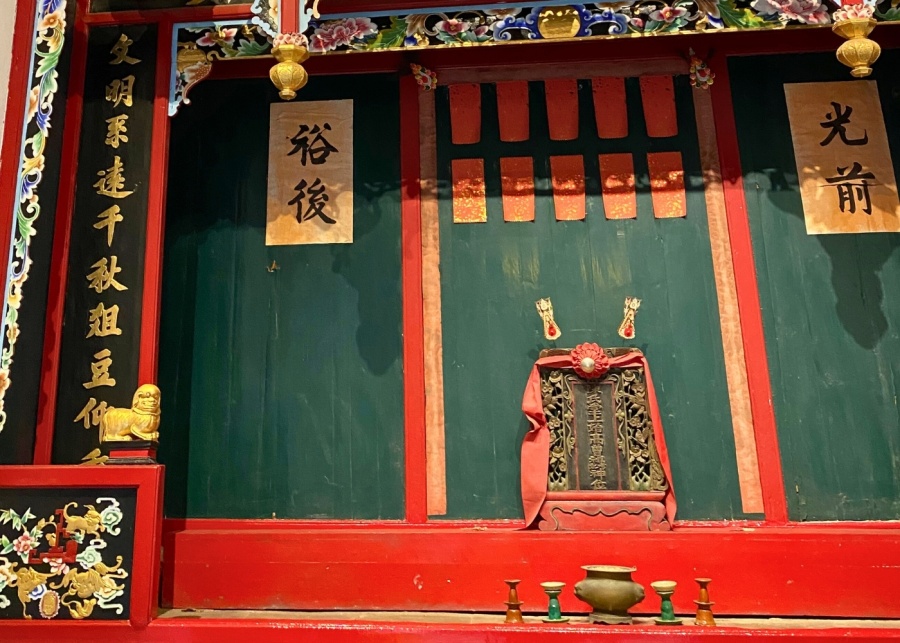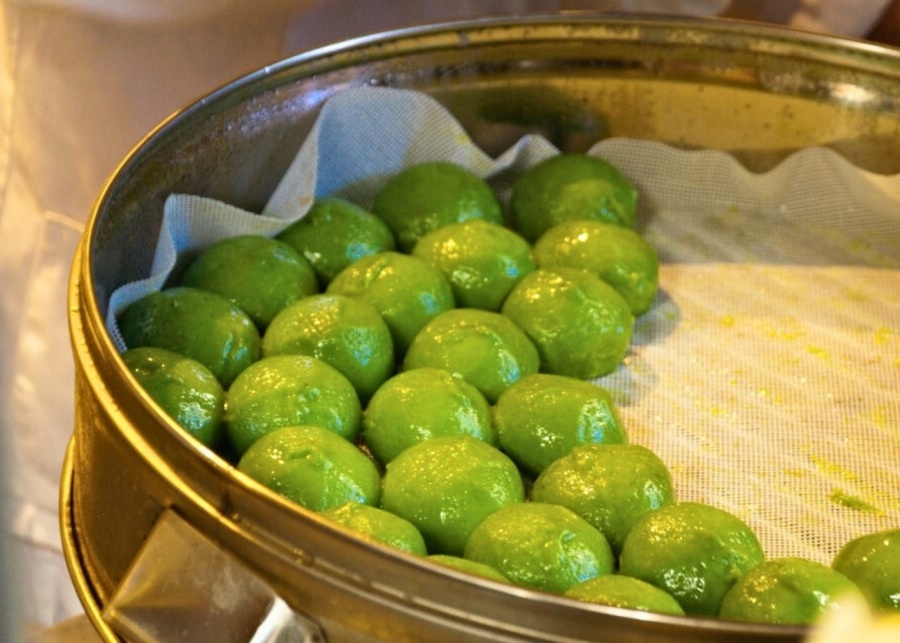
There’s much more to the Ching Ming Festival than tomb-sweeping. Join us as we break down the ins and outs of this important day in Chinese culture.
You may be familiar with the Lunar New Year and Mid-Autumn Festival, but how well do you know Ching Ming (or Qingming)? Taking place at the advent of spring every year, Ching Ming Festival has been hailed as the “festival of filial piety.” It’s more than just a public holiday – here’s everything you need to know about the Ching Ming Festival in Hong Kong.
All about Ching Ming Festival in Hong Kong
Of souls and men: The origins of Ching Ming Festival
1. Ching Ming Festival basics

In Hong Kong, Ching Ming Festival usually lands on 4, 5, or 6 April (the 15th day after the Spring Equinox) depending on the year. Families typically gather for a trip to their ancestors’ graves around the city, whether it be in a cemetery or by a hillside. We thank our ancestors for watching over us in the past months, and offer incense, paper money and goods, and food in exchange for their continued protection. These activities typically take place in the morning, after which the family gathers for lunch.
2. The north-south divide

There are two major theories about the origins of the Ching Ming Festival in China. Some say that the festival has its roots in the Cold Food Festival of Imperial China, which commemorates the Jin Dynasty aristocrat, Jie Zhitui. Another suggests that the festival came from a Tang dynasty imperial decree, which limited the number of lavish feasts people could hold to honour their ancestors to once per year. While these two theories may apply to Ching Ming traditions in North China, the same can’t be said about South China.
Historically, the Lingnan region (south of the Nanling Mountains, including present-day northern Vietnam) is disconnected from the imperial centre in the north geographically. As such, traditions developed relatively independently from imperial influences, apart from the adaptation of national deities in local temples. For Lingnan communities, life is intimately tied to agricultural practices, making sowing and harvesting seasons the two most important periods of the year.
Farmers would honour their ancestors at the start of sowing season by praying for a fruitful harvest; after the harvest, they show gratitude to ancestors again for the bountiful fruits. While agriculture gradually became less dominant, these two important periods and their associated practices have remained as major festivals: Ching Ming Festival in spring and Chung Yeung Festival in autumn – two festivals in Hong Kong that have ancestral worship and grave-sweeping at their core. This is also why the Chung Yeung Festival is only widely celebrated in the South!
“Worshipping the Mountain”: Ching Ming Festival customs
3. Souls, spirits, and the body

While Ching Ming customs generally take place around the ancestor’s grave, traditional families may also worship at an ancestral altar at home or an ancestral hall. This is because in traditional Chinese beliefs, a human soul is divided into 10 parts. Three make up wen (魂), and the other seven make up paak (魄). At death, wen is believed to reside at an ancestral plaque while paak stays with the body at the grave or columbaria.
4. Tomb-sweeping, worship, and gathering

Ching Ming Festival typically starts with offering incense, paper goods, and food to the ancestors’ wen at the home altar and ancestral hall. Then, at the grave site, family members clean the tombstones and brush away any fallen leaves around them before making offerings to the ancestors’ paak. Once this is done, the family returns home and gathers for a meal, which usually includes the food used at worship, among other dishes.
While Ching Ming Festival might have been a major holiday because of its agricultural and cosmological significance in the past, it’s favoured today as an important occasion for distant relatives to reconnect and catch up with one another.
Food for thought: Traditional Ching Ming Festival foods

Did you know Ching Ming Festival has its own signature pastry, much like the mooncakes of Mid-Autumn Festival? Known as ching ming zaai (清明仔), gaai si tang (雞屎藤), or tsing tun (青糰) in Hong Kong, this glutinous rice ball treat is made with a Chinese fevervine or Chinese mugwort-infused dough, and filled with sweet red bean paste. While ching ming zaai used to be a must-have snack for families hiking to ancestral graves in the hills, it has evolved to be a springtime treat in Hong Kong and a year-round snack in many parts of China. Fun fact: the technique of making ching ming zaai is listed as one of Hong Kong’s intangible cultural heritage!
Frequently Asked Questions
What is the Ching Ming Festival in Hong Kong?
Ching Ming Festival is a traditional festival that takes place in early spring and consists of tending to the graves of relatives and family members who have passed away.
Why is the Ching Ming Festival celebrated?
Ching Ming Festival is celebrated by Hong Kongers to pay respects to their ancestors and family members who have passed away. Since the dead is believed to live on in an afterlife in Chinese beliefs, ancestral worship during Ching Ming Festival ensures ancestors are taken care of even beyond the grave.
What do you do during the Ching Ming Festival?
In Hong Kong, it is customary to visit the graves of ancestors during the Ching Ming Festival and offer incense, paper goods, and food. Families may also gather for a meal after the visit.

